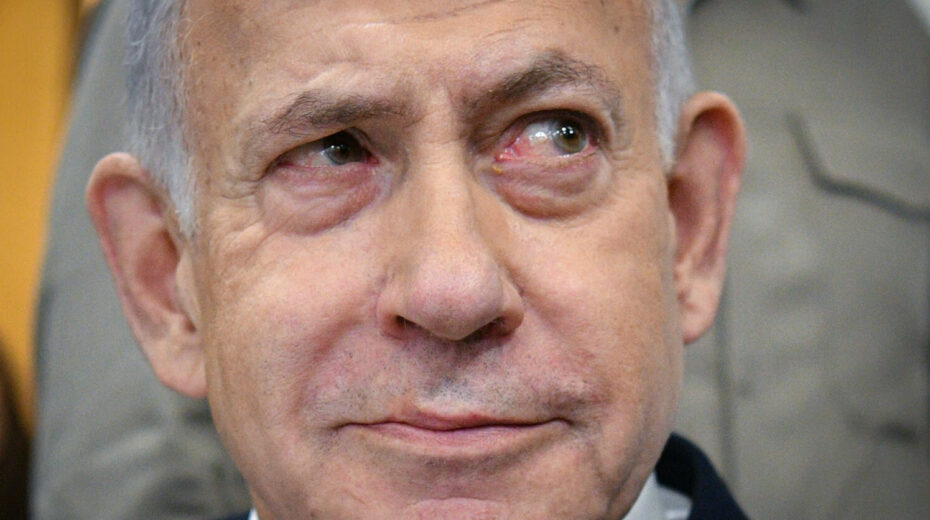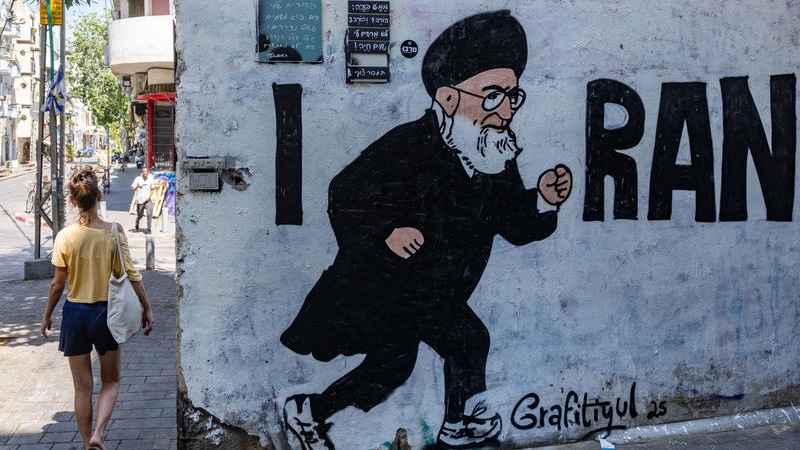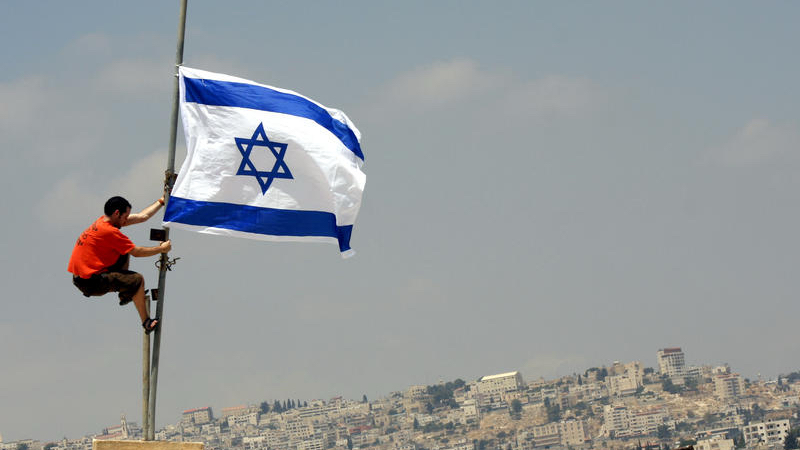Mohammed Dragama is a Palestinian investigative journalist who is widely seen as reliable in Israel, according to Channel 12‘s Middle East expert Ehud Yaari, and who usually publishes in the media in Saudi Arabia.
Dragama has connections with Hamas members in Gaza and with Palestinian Authority officials, and he revealed that there was indeed an overall plan for a multi-front, simultaneous attack by the so-called Iranian “resistance axis” on Israel, and certainly not as was carried out on and after October 7.
The original Iranian plan was for both Hezbollah and Hamas to launch a full-scale attack on Israel together with the terrorist groups in Judea and Samaria. This plan was discussed at the highest level during several meetings in Beirut, Damascus and Tehran last year.
The last meeting regarding the ring of fire plan, as Iran calls it, took place on October 2, 2023 in Beirut, and was attended by Hamas leaders, Hezbollah commanders, Palestinian Islamic Jihad and members of the Quds Brigade of Iran’s Islamic Revolutionary Guard Corps (IRGC).
This plan for an all-out war envisaged the invasion of northern Israel by Hezbollah’s Radwan elite unit, an invasion of Golan Heights villages by Shiite militias that were deployed in Syria by the Quds Force of the IRGC, and Hamas’ invasion of southern Israel.
The attack should have caused major problems for Israel and should have led to the eventual withdrawal of the IDF from Samaria and Judea, according to the assessments of the IRGC.
Ayatollah Ali Khamenei, the supreme leader of Iran, attached great importance to the front in Israel’s heartland, because its collapse would pave the way to Jerusalem, or al-Quds, that is mentioned in every report about the death of another ‘martyr’ by the Iranian axis .
The attack had to be accompanied by enormous rocket barrages from three fronts, according to the Iranian plan that had long been anticipated by the IDF, especially the Hezbollah invasion of northern Israel.
As has now been established, the IDF’s assumption was that Hamas would not be capable of an invasion because an underground concrete wall had been built around Gaza, neutralizing the tunnel threat.
The IDF brass was also convinced that the so-called Glass Wall, the enormous system of cameras and electronic sensors along the Gaza border, would prevent any attempt to infiltrate through the security fence.
As we now know, the IDF leadership’s assessment was incorrect and Hamas eliminated the glass wall within a short time with kamikaze drones and a cyber attack, and then simply breached the fence with bulldozers.
The fact that the Iranian plan was not fully implemented on October 7 was solely due to the fact that Hamas in Gaza decided to carry out its own plans without informing Iran and Hezbollah.
Even Hamas leader Saleh al-Arouri, for example, was informed of the start of the operation just half an hour before the invasion in the early morning of October 7, 2023.
It also explains why, after October 7, Khamenei was reportedly angry with Hamas over the lack of coordination, and during a meeting with Hamas leader Ismail Haniyeh made it clear that Iran and the other members of the ‘axis of resistance’ would not follow Hamas in an all-out war against Israel at this time.
Hamas leader Yahya Sinwar thus proved his reputation for stubbornness and unbridled pride. The Hamas leader in Gaza is known as someone who rarely takes advice and makes his own decisions.
However, the real reason for the lack of a major coordinated operation against Israel at that moment was the lightning-fast response of American President Joe Biden, who took a number of far-reaching measures immediately after being informed about the situation in Israel.
Biden ordered an airlift that transferred thousands of tons of weapons and ammunition to Israel in the first weeks after the Hamas genocide in southern Israel, and the American president also ordered a rapid response force of 2,000 troops to be stationed near Israel.
On Biden’s orders, a fleet of warships was assembled off the coast of Israel in the Mediterranean Sea, led by the aircraft carrier USS Gerald Ford.
At about the same time, Biden issued a clear warning to Hezbollah when he bluntly stated: “Don’t!!”
That Israel, after the original shock over the Hamas invasion, realized that this could be the beginning of the multi-front war for which the army had trained for so long became evident from two things.
First, the request to the US government for the supply of more weapons and ammunition, as well as the supply of additional Iron Dome batteries and for possible military support.
Secondly, there was the decision to evacuate all villages and towns within five kilometers of the border with Lebanon, a decision that was unique. Israel had never taken such a measure in previous confrontations with Hezbollah.
The evacuation of Israeli communities along the border with Lebanon has now become a problem in itself, and the immediate future will show whether maintaining this impossible situation was justified.
Hezbollah has now definitively rejected US proposals for a diplomatic solution to the crisis in the Lebanon-Israel border area, which was based on UN Security Council Resolution 1701.
That resolution obliged the terrorist organization to withdraw its troops north of the Litani River, which flows through the south of Lebanon at least 12 kilometers and no more than 40 kilometers from the border with Israel.
This is an indication that Hezbollah could still implement the Iran plan, albeit in a modified form. The planned surprise invasion has now become impossible, but the use of the almost 200,000 missiles that Hezbollah has in its possession with the help of Iran, according to the Israeli think tank INSS, is becoming a more realistic possibility every day.
In such a scenario, the Israeli home front will have to take into account 1,200 to 1,500 rockets from Lebanon and Syria per day, and pinpoint attacks on vital installations in Israel, it is expected.
As I previously wrote in an analysis published in October 2023, Iran is working according to a clear phased plan.
The third phase now appears to have begun with the expansion of Iran’s war with Israel to other countries, and the more overt actions of the Islamic Republic’s forces in the Persian Gulf, Iraq, Syria and even Pakistan, where Iran this week attacked the bases of separatist Sunni groups.
The key question will remain whether the US government is sufficiently aware of what is at stake, as the withdrawal of the USS Gerald Ford-led fleet appears to be evidence that Biden and his administration believe the immediate danger to Israel has now passed.
However, Iran’s increased aggression in the Middle East since that decision is a clear indication that the Islamic Republic has not abandoned its original plan.














